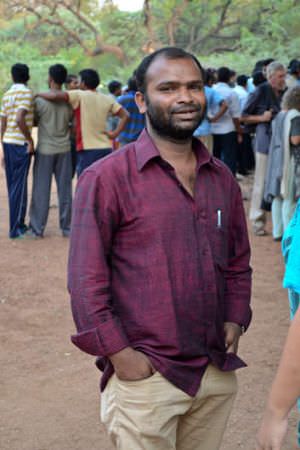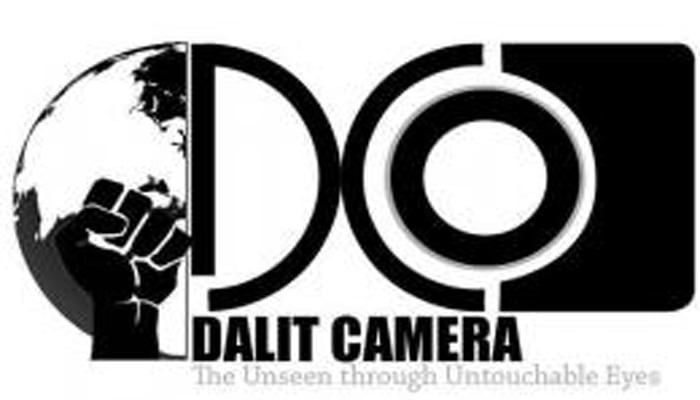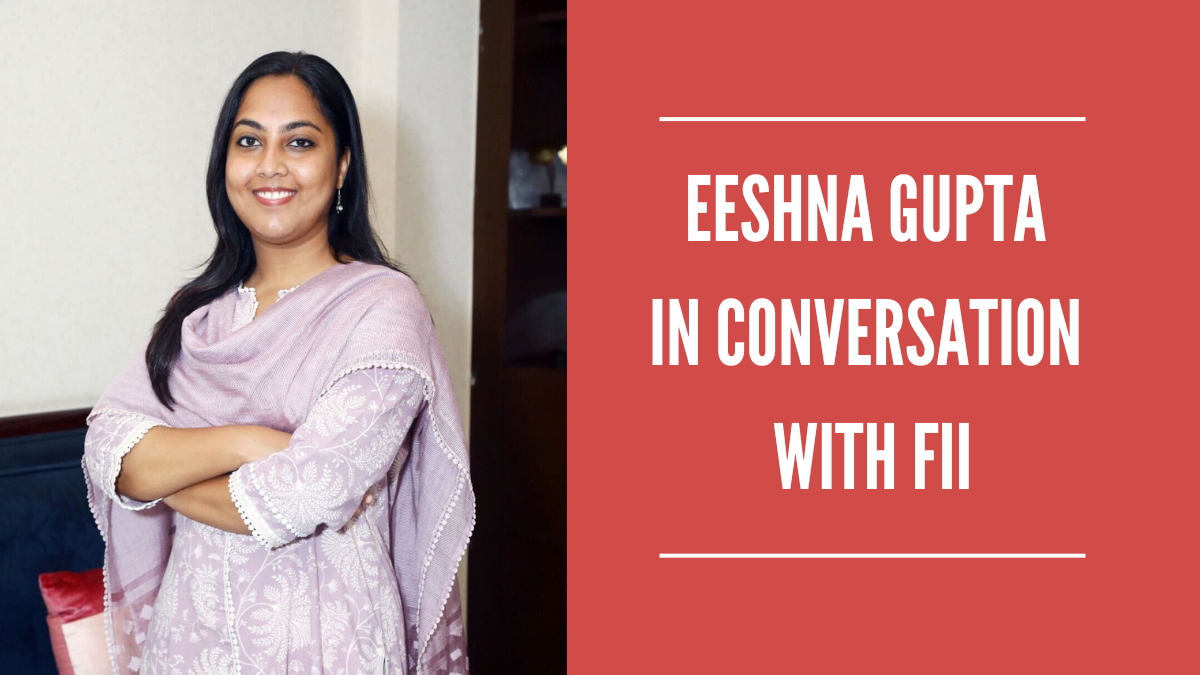Dalit Camera is a Youtube channel, initiated in 2011 by Bathram Ravichandran. Dalit Camera documents the experiences, voices and perspectives of Dalits, Bahujans, Adivasis and Minorities. It comprises a team of dedicated volunteers and has now spread out to two states: Andhra Pradesh and West Bengal.
FII: What brought about the formation of the channel Dalit Camera?

Bathram Ravichandran, the founder of Dalit Camera. Image Credit: The Sydney Morning Herald
DC: In reference to an article on The National, as a Dalit student at a University in Hyderabad, in southern India, Bathram Ravichandran was abused and taunted mercilessly. The experience triggered the idea to give the lower castes a voice and he founded Dalit Camera, where he and like-minded friends upload videos on YouTube of Dalits giving first-hand accounts of their lives.
The idea came to Ravichandran after he heard of the brutal beating of a Dalit woman by upper-caste villagers who resented her position as the head of the village council. Her legs were so badly injured she was unable to walk for months.
FII: After Dalit Camera began, its popularity spread like wildfire. Can you talk about how the branch in West Bengal came about?
DC: Actually, Dalit Camera‘s popularity did not spread like wild fire. It was a slow but gradual increase in viewership and subscribers/followers. Most viewers are from the Dalit and anti-caste community and college students from across India who are aware of and active in anti-caste movements. Still many caste-hindu students haven’t even heard of Dalit Camera. The popularity will be drastically lower outside of the-above mentioned demographic. Ravi’s friends from English and Foreign Languages University (EFLU) when he was studying there and another friend from Kerala went to West Bengal to make videos covering Dalit issues and resistance.
FII: Can you comment on the representation of women and queers that get a platform/voice on Dalit Camera and what are the plans for this representation in the future?
DC: A lot still needs to be done at Dalit Camera in platforming the voices of women and queers. There are no specific plans, but Dalit Camera will always be the voice of the marginalised majority, of which women and queers are a part of. Annihilating the caste supremacist cis-hetero patriarchy means platforming the voices that are fighting these structures.
FII: How does Dalit Camera sustain itself?
DC: Since most of the expenses we incur are related to travel and food, all of us spend out of our own pockets. When any of us need help in covering the expenses, we help each other out. For larger coverage or few days of recording, we pool in funds and ask our friends and well wishers to contribute.
Also Read: “Casteism Very Much Exists Among Trans* People”: Video Interview With Grace Banu
FII: Being an online platform, can you talk about the advantages/disadvantages of distribution that you experience, being an online media outlet?
DC: Using free online platforms like Youtube is very cheap and brings in some nominal amount to maintain it. Helps us focus on the content than the finances. But at the same time, we can’t go and cover everything due to financial constraints. Also all the popular platforms are under the rules of the private owners who easily bend to government censorship and other profit oriented censorship. While the internet reach is growing, its usage is still dominated by caste-hindus due to their financial/property advantage than the majority of the population.
FII: Can you comment on the lack of ethics conducted by mainstream media channels, when it comes to coverage of issues pertaining to non-savarnas?
DC: First, is the ownership and representation issue. The so called mainstream media, which are completely controlled and dominated by the minority. exploitative rich caste-hindus, cannot do justice to reporting with such an undemocratic foundation. On top of that, they work to maintain the status quo rather than questioning it and happily bend to the casteist and capitalist regime. To expect any sensible and sensitive coverage of the majority working class population of Adivasis, Dalits, and Bahujan castes is useless. And the recent increase in tokenism in their coverage is about profits than actual need to democratise.
FII: Earlier this year, the Dalit Camera YouTube channel was arbitrarily terminated. Perhaps there is a risk of it happening again. How is Dalit Camera prepared to navigate such situations in the future?
DC: The termination was because of automatic checkup of copyright issue in Youtube policy. We requested the people for whom the automatic copyright check happened and they withdrew the copyright claim. There is a risk always, as these are private owned spaces and we have backup.
FII: Dalit Camera picks up issues that many in the privileged circles, as well as many independent and mainstream media portals do not wish to address. Do you think that makes Dalit Camera an easier target by groups who attempt to keep these issues in the dark?
DC: Since Dalit Camera doesn’t have much organisational support we can be an easy target for anyone, including the state, who want to keep the issues under the carpet. But we were overwhelmed by the support we got from everyone when we were taken offline by YouTube without any explanation. While a few of Dalit Camera videos did cause trouble for the state and ruffled the feathers of some caste-hindus in powerful positions, it is a steady,gradual, and a collective effort to grow to challenge and pose a threat to the foundations of these casteist structures.
FII: Can you tell us a little bit about what’s next for Dalit Camera?
DC: We want to expand to more places, have a wider network, and continue doing the work we are doing and platform more voices of Adivasi, Dalit, Bahujan communities, and anti-caste discourse that the minority caste-hindu controlled popular media chooses to ignore.
Also Read: In Conversation With Bebaak Collective: Talking About Muslim Women’s Issues
Check out Dalit Camera’s work here and follow them on Facebook, Twitter and YouTube.
Featured Image Credit: Narada News
About the author(s)
Friends with half the dogs in the city, can make a career out of procrastinating and when people engage in body shaming, am quick to remind them that I eat patriarchy for breakfast, lunch and dinner.




